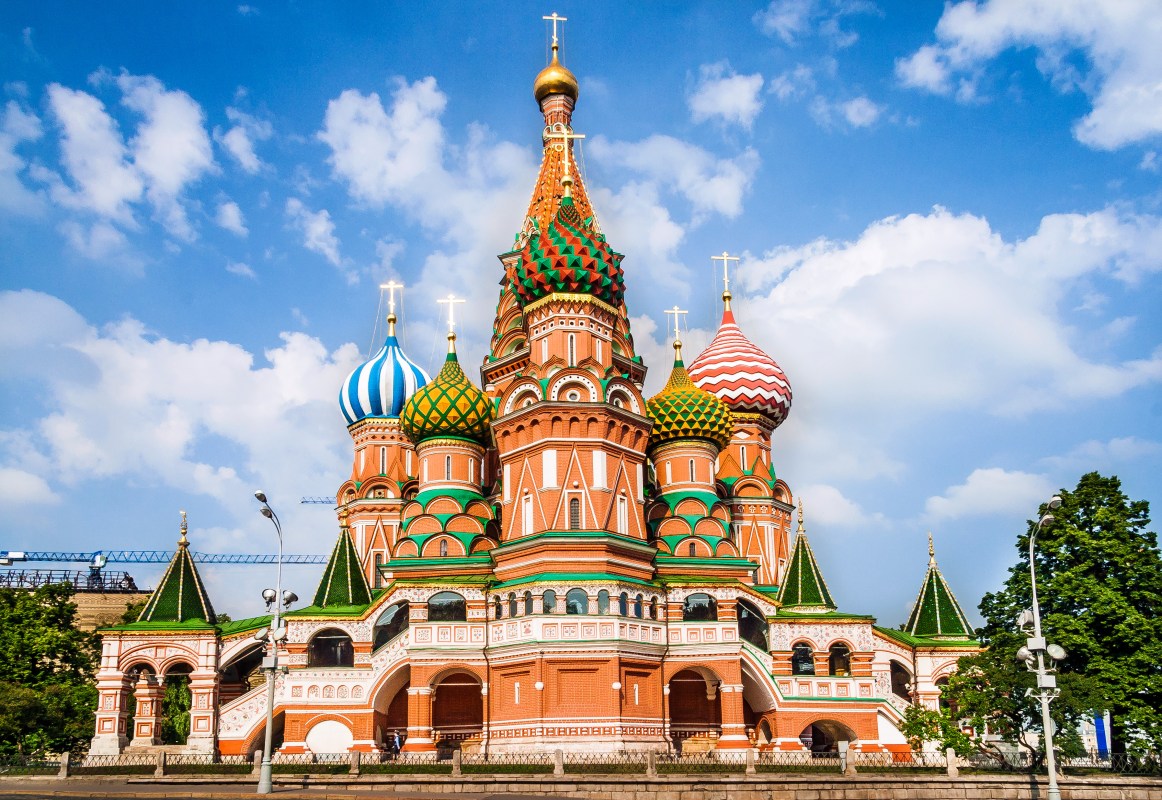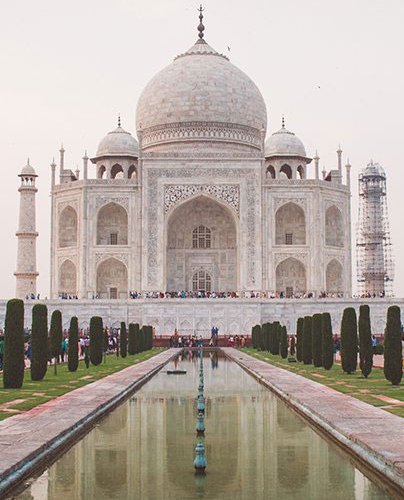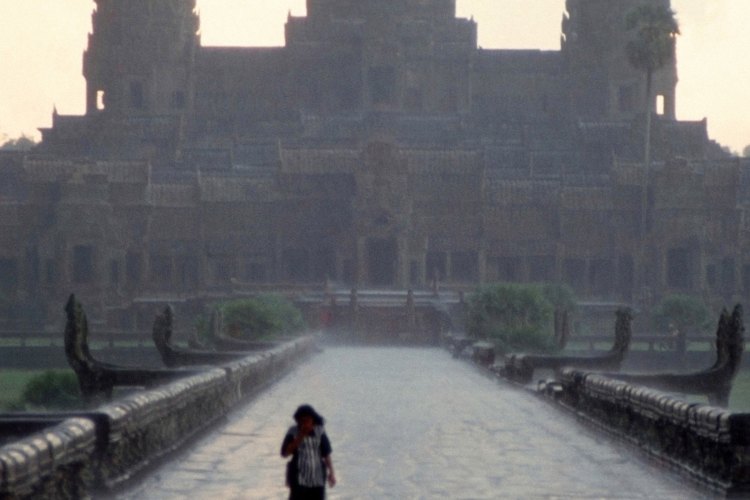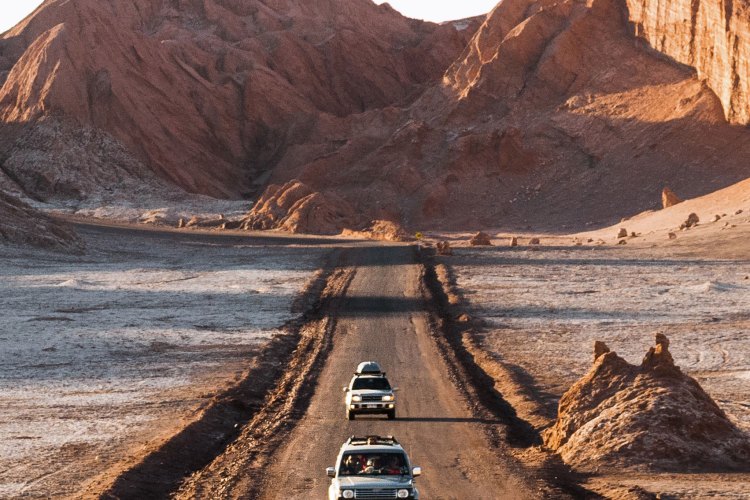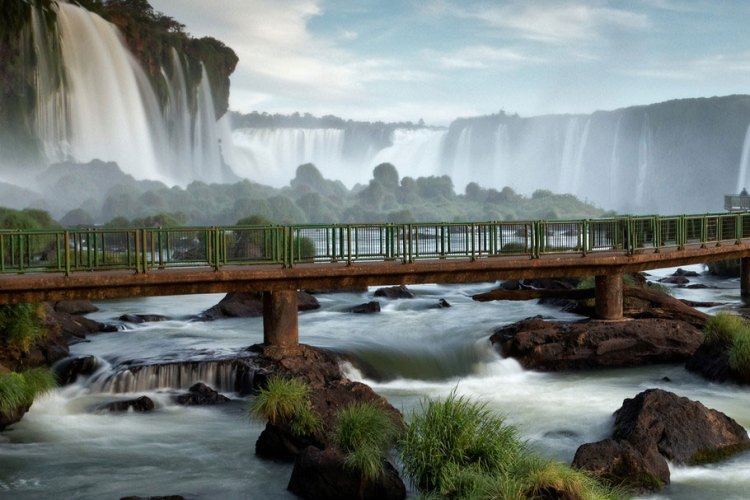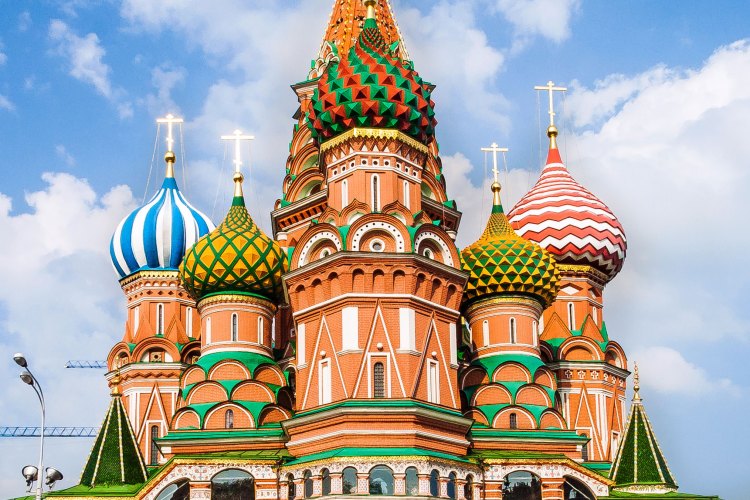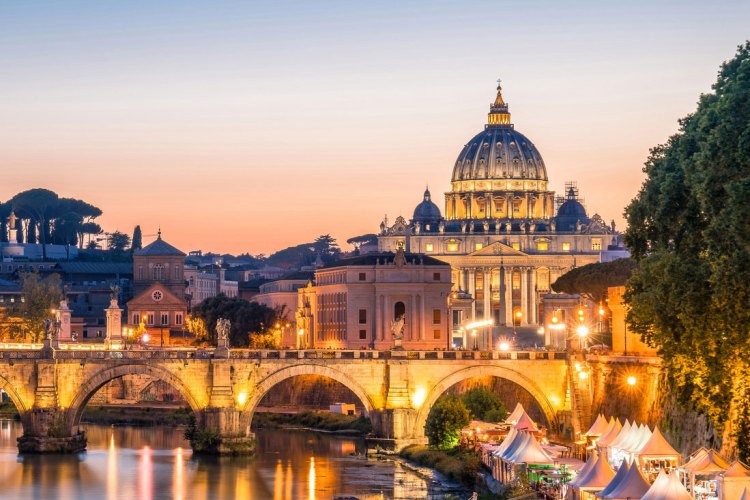In 2007, an online contest was held by a Swiss company, the New 7 Wonders Foundation. Tens of millions of people voted for the new wonders. They officially include: The Great Wall of China; The Taj Mahal; Petra; The Colosseum; Christ the Redeemer; Chichén Itzá; and Machu Picchu.
The original Seven Wonders were laid out by Philo of Byzantium in 250 B.C. They included the hanging gardens of Babylon and the pyramids of Giza. Of those ancient seven wonders—Halicarnassus, the Colossus at Rhodes, the Pharos (the Lighthouse at Alexandria), the Temple of Artemis, the Hanging Gardens of Babylon, the Statue of Zeus, and the Great Pyramid at Giza—only the pyramids remain.
The new seven wonders can be found on four continents and are all architectural marvels of enormous scale.
But there are a lot of natural and architectural wonders missing from the official list. RealClearLife decided to honor some of those in a gallery below.
1. Qin Terra Cotta Warriors, Xi’an, China
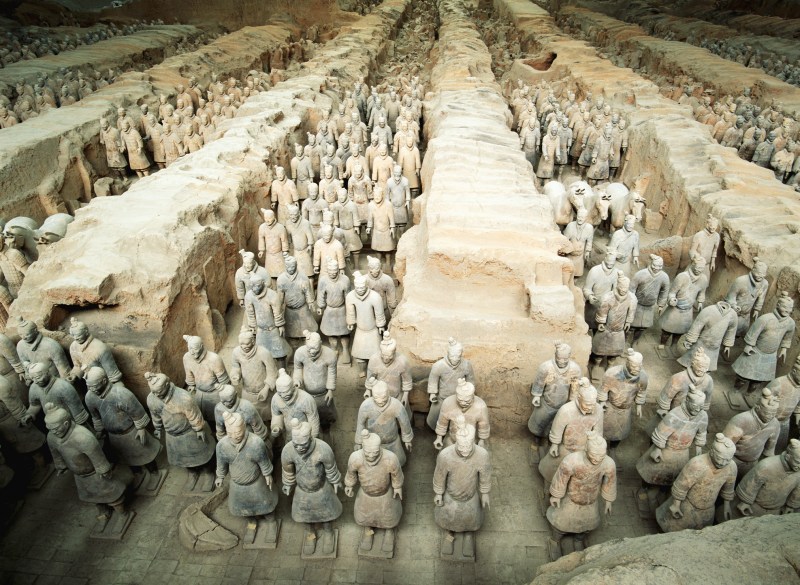
In 1974, workers digging a well outside Xi’an in China were surprised to come upon one of the greatest archaeological discoveries in the world: a life-size clay solider poised for battle. But it was even better than that. Archaeologists found not just one but thousands of clay soldiers, each with unique facial expressions and positioned according to rank. Some had horses, others were behind chariots. The statues were part of an elaborate mausoleum created to accompany the first emperor of China into the afterlife.
2. Iguazu Falls, Brazil and Argentina
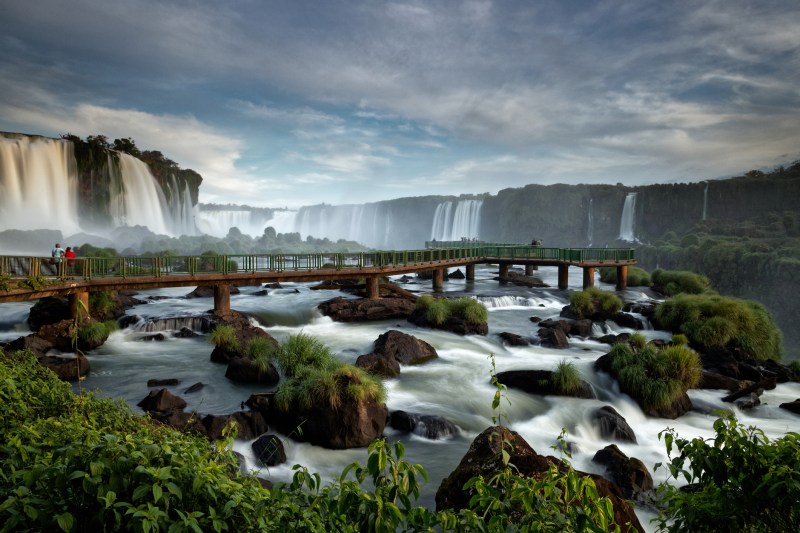
The Iguazu Falls are waterfalls of the Iguazu River on the border of the Argentine province of Misiones and the Brazilian state of Paraná. Taken together, they make up the largest waterfall system in the world. It is split into 275 distinct falls and large islands.
3. Table Mountain, Cape Town, South Africa
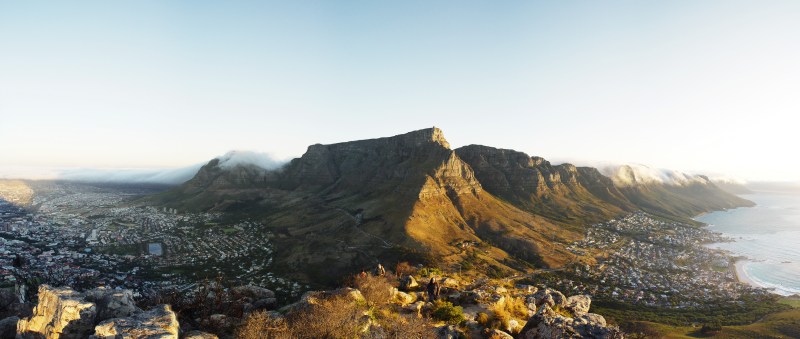
This flat-top mountain is not only beautiful, it has a rich biodiversity, and is home to endangered types of vegetation. It was put on the New7Wonders of Nature list in 2011.
4. The Dead Sea, Jordan, Israel and Palestine
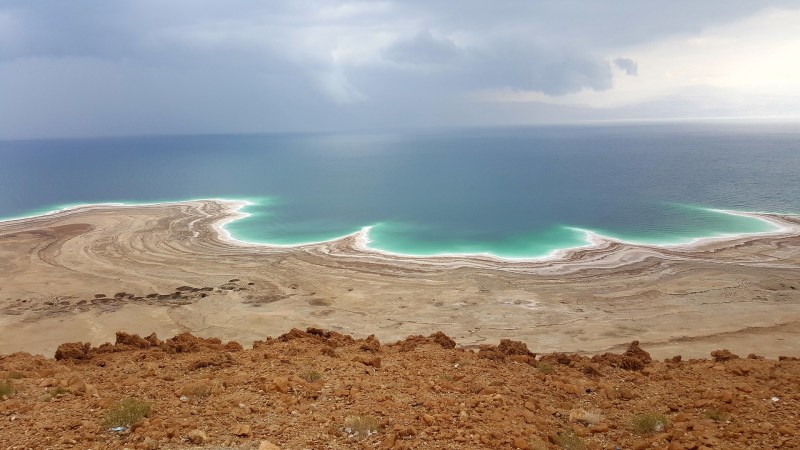
The Dead Sea is a salt lake that borders Jordan, Israel and the West Bank. It is Earth’s lowest elevation on land and the deepest hypersaline lake in the world. It is 9.6 times as salty as the ocean, making it one of the world’s saltiest bodies of water. Plants and animals cannot flourish in the environment, which is where it got its name.
5. Ciudad Perdida, The “Lost City,” Colombia
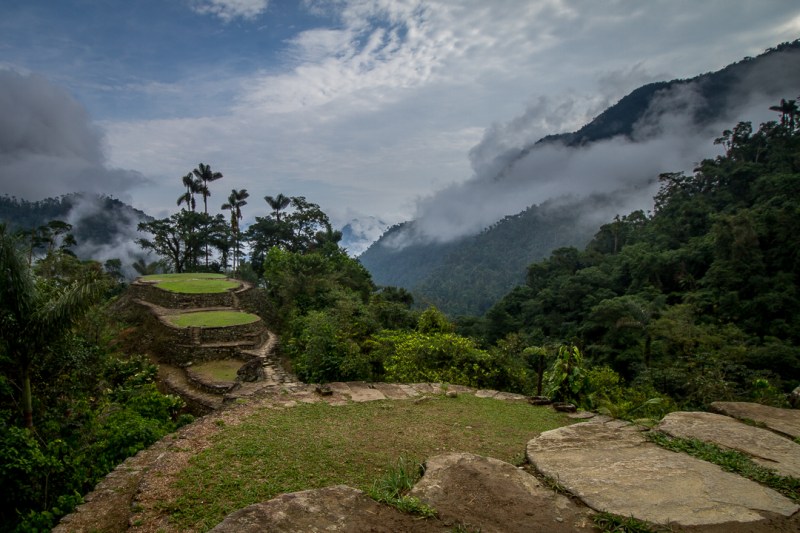
Colombia’s “lost city” is thought to have been founded some 650 years before Machu Picchu, most likely around 800 CE. It is believed to be the heart of a network of villages, and was probably the region’s political and manufacturing center. It could have housed 2,000 to 8,000 people.
6. Acropolis, Athens, Greece
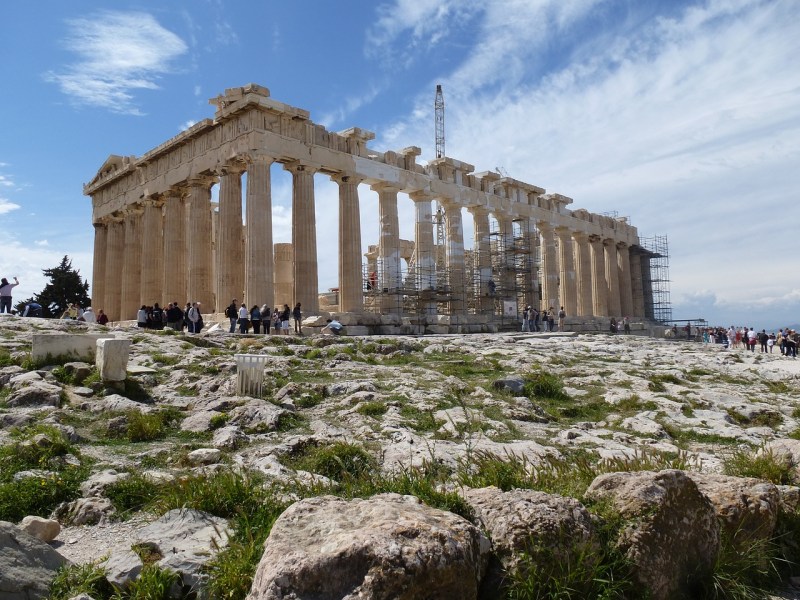
The Acropolis is an ancient citadel located high up above the city of Athens. It has the remains of several ancient buildings that are of great historical significance, and there is evidence that the hill was occupied as far back as the fourth millennium BC. Some of the site’s most important present remains include the Parthenon, the Propylaia, the Erechtheion and the Temple of Athena Nike.
7. Cliffs of Moher, Clare, Ireland
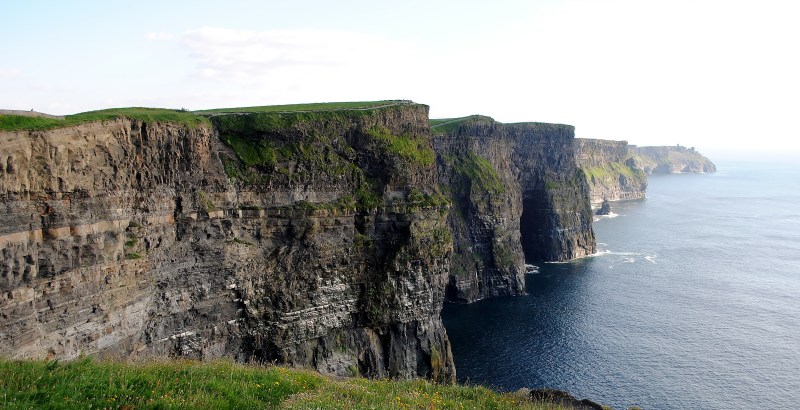
The Cliffs of Moher are breathtaking sea cliffs that run for about 14 kilometers in Ireland. At their southern end, they stand about 390 feet tall. It is one of the most popular tourist attractions in Ireland, and draws about 1.5 million people per year.
8. The Great Barrier Reef, Australia, Papua New Guinea

The Great Barrier Reef is the largest living thing on Earth, and is actually visible from outer space. The 2,300km-long ecosystem is made up of thousands of reefs and hundreds of islands made of over 600 types of hard and soft coral. It is home to a nearly-endless list of sea life.
9. St. Peter’s Basilica, The Vatican
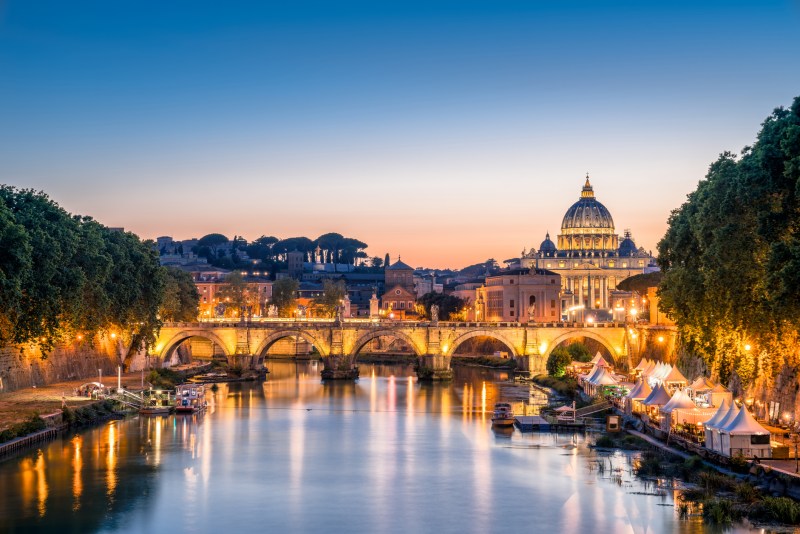
St. Peter’s Basilica is the largest church in the world and can be found in Vatican City, the papal enclave within Rome. It is a famous place of pilgrimage and the Pope presides over a number of liturgies throughout the year at the church. It has been described as the “greatest of all churches of Christendom.”
10. Angkor Wat, Krong Siem Reap, Cambodia
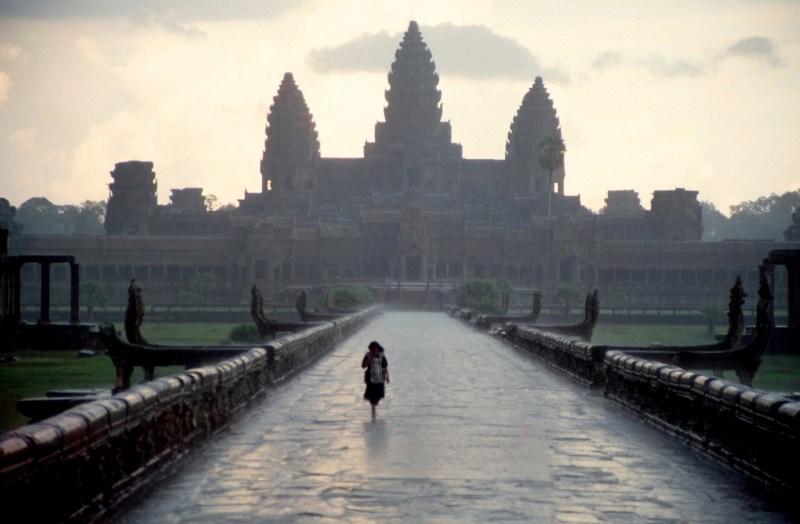
This temple complex can be found in Cambodia. It served as the home for King Suryavarmar II in the early 12th century, and is the world’s largest religious building. It is surrounded by a moat and a 2.2 mile wall.
11. Beta Ghiorghis, Lalibela, Ethiopia
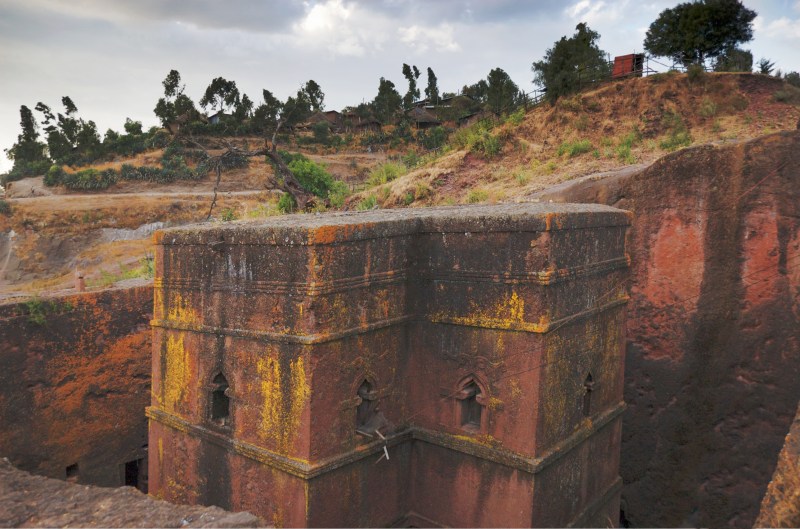
The Beta Ghiorghis is a church carved out of the ground, out of volcanic rock. It was shaped from the inside out and is connected to other sunken stone churches in Ethiopia through a series of elaborate tunnels. The church is cut 40 feet down, and its roof forms the shape of a Greek cross.
12. St Basil’s Cathedral in the Red Square, Moscow, Russia
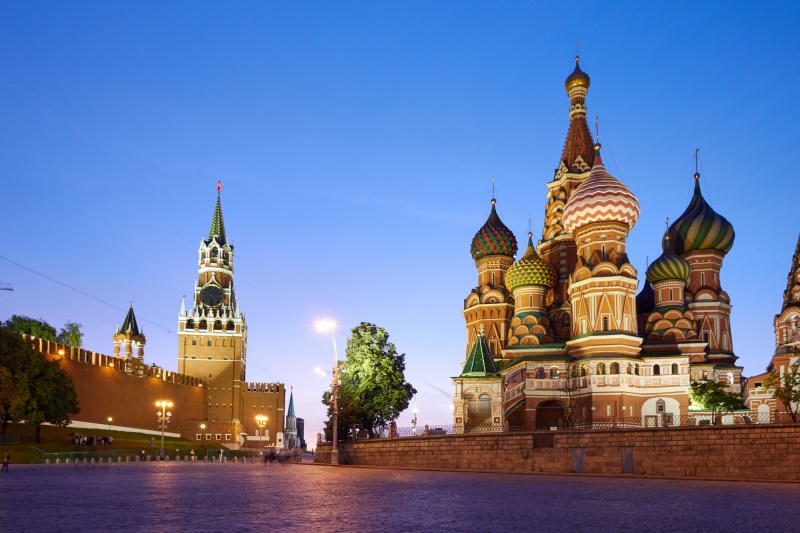
The Kremlin, a fortified complex at the heart of Moscow, is linked to all the important historical and political events in Russia since the 13th century. The Kremlin was the residence of the Great Prince and also a religious center. St. Basil’s Basilica, meanwhile, is now a museum, and was the buildings tallest building until the completion of the Ivan the Great Bell Tower in 1600.
13. Siwa Oasis, Egypt
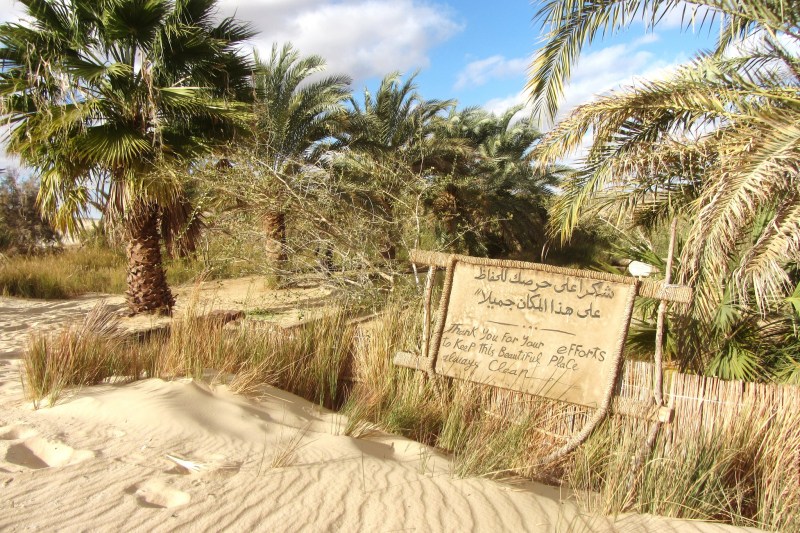
The Siwa Oasis is about 50km from the Libyan border in Egypt and sits about 25m below sea level. In the middle of the desert, the Siwa Oasis is filled with olive trees and palms. There are also crystal-clear springs and you can see the Great Sand Sea in the horizon.
14. Teotihuacan, Outside Mexico City, Mexico
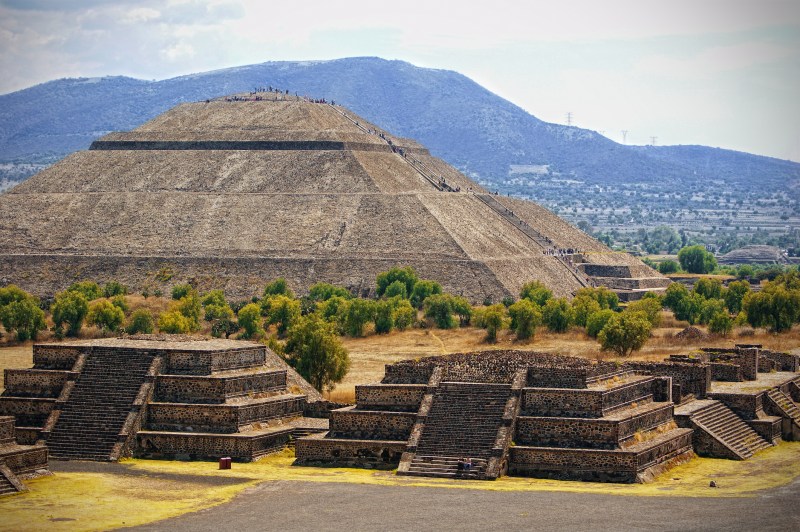
Teotihuacan, one of the first great cities of the Western Hemisphere, was massive. But its origins are a mystery. It was built by hand a thousand years before the Aztecs arrived in central Mexico (though they gave the city its name). It is located fewer than 30 miles from Mexico City and at its peak (between 100 BC and A.D. 650) it had a population of about a hundred thousand.It contains a massive central road, called the Street of the Dead, and buildings like the Temple of the Sun and the Temple of the Moon. There are no military structures.
15. Atacama Desert, Chile
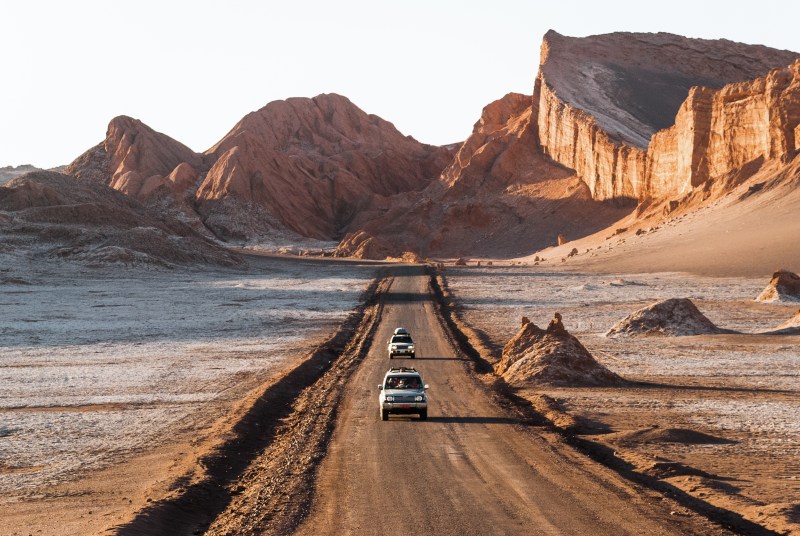
This is the world’s driest desert, and it is huge. It covers 40,000 square miles of northern Chile and includes coastal plains, high volcanoes, geysers and host springs. It also now has the state-of-the-art Atacama Large Millimeter/submillimeter Array, which is an astronomical interferometer of radio telescopes.
This article was featured in the InsideHook newsletter. Sign up now.
